27 Apr Meet Woodworker Mason Cooley, Builder of Bamboo Bicycles
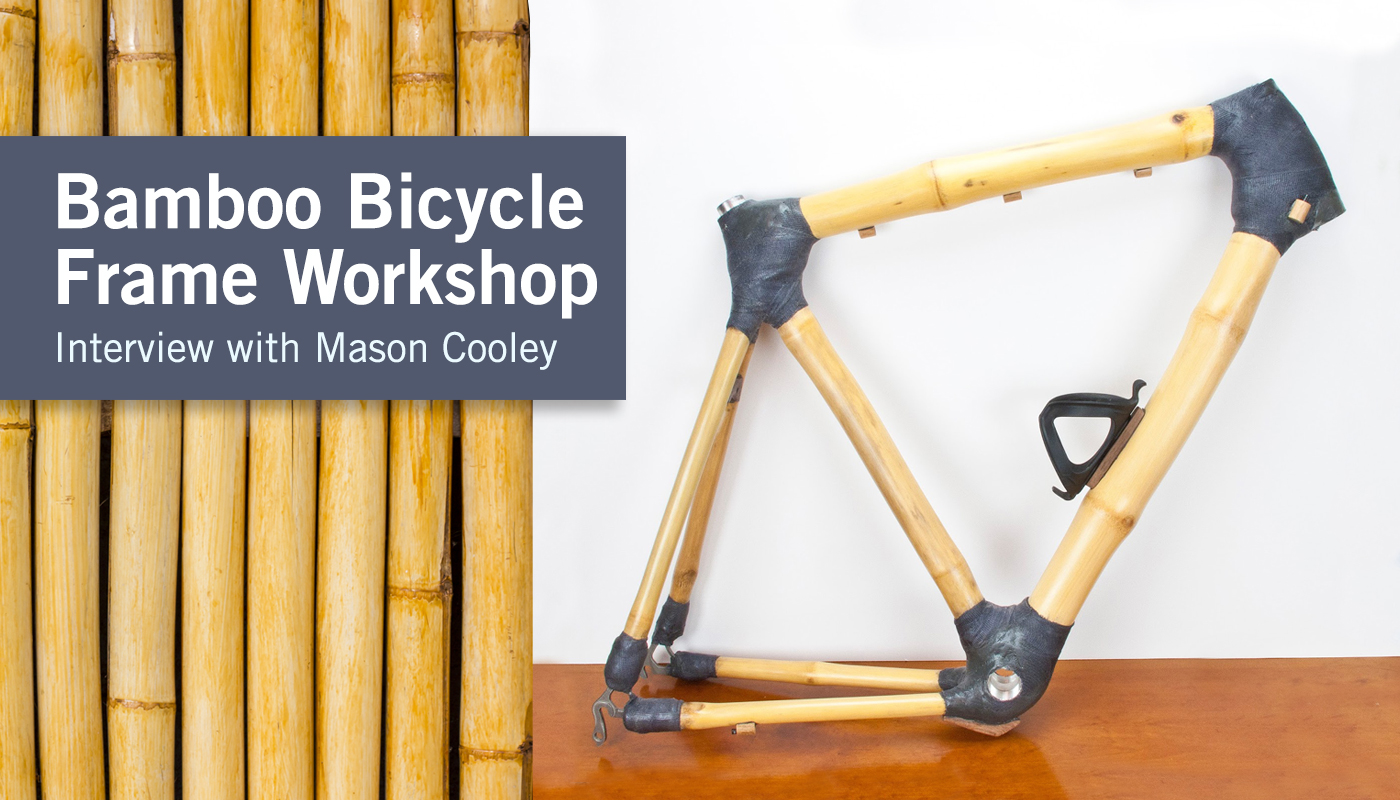
This November, the Folk School is offering a unique woodworking class with Mason Cooley where you can learn to build a custom bicycle frame out of bamboo. Mason has taught art and design courses for well over a decade. His background is in both sculpture and furniture as well as other subjects in art, design and science. After moving to Western North Carolina from Southern California he started a small custom furniture business. Let’s get to know Mason and learn more about the fascinating craft and history of bamboo bicycles.
Interested in his upcoming class? Register online today!
CP: How did you become interested in building bamboo bicycles? When did you start teaching this unique craft?
MC: My interest in bamboo bicycles stems from a lifelong passion for cycling. I found bamboo to be a material that fit well with my interests in nature-inspired design.
Someone like Buckminster Fuller is a prime example of putting the idea of nature-inspired design into practice by way of workshops. Craig Calfee was another person who inspired a whole bunch of people to use bamboo for building bicycles. From a design perspective, both of these individuals are good examples of taking a whole-system approach to craft, design, and engineering.
My brain works best if it is looking across various disciplines. Bamboo bicycles are a great opportunity to do this from a material, engineering, and aesthetic point of view.
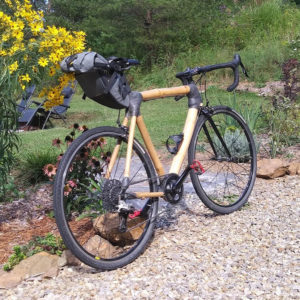
CP: What type of student typically takes your class? Are they bike enthusiasts or bamboo enthusiasts?
MC: I would say both in the sense that the bamboo material is already engineered to be used as a bicycle frame material. So naturally people who are attracted to this idea have a tendency to see why bamboo and bicycles fit into a long tradition. In fact, one of the very first bamboo bicycles ever made and sold was by the Bamboo Cycle Company in England in 1894. I think people get it even if they don’t know the history of why bamboo and cycling make sense together.
CP: Do you ride bicycles often? Have you taken a bamboo bicycle on any epic adventures?
MC: Yes. I ride every week and try to do different routes in Western North Carolina. The history here of cycling and racing in the Blue Ridge Mountains goes back to my youth even though I am from the west coast. Seeing these mountains in some of the big bicycle races growing up planted a seed. I enjoy taking the bamboo bike out on gravel roads, since the bamboo material is very comfortable on uneven ground. The longest ride I have done on the bamboo bike is from Asheville to Cherokee and back the following day.
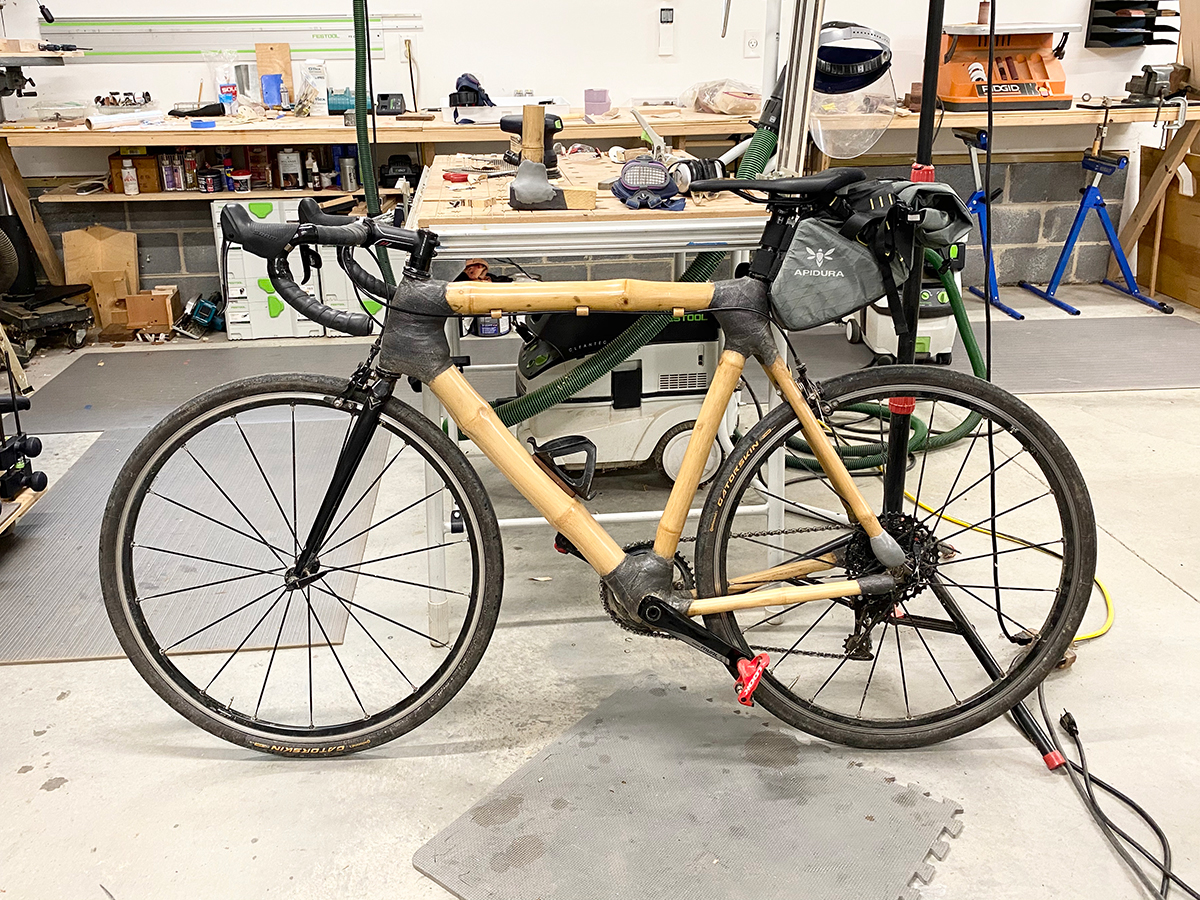
CP: How do bamboo bicycle frames compare to traditional metal frames?
MC: The strength to weight ratio of bamboo is greater than steel. So for its strength, it is very lightweight. A bamboo bicycle will not be as light as carbon fiber but people forget how much more there is to riding a bicycle than just weight. For example, how smooth the bicycle feels since each material will absorb more or less of the road vibration. Bamboo is a very good insulator in this way and so bamboo bicycles feel very smooth.
Since one can source different sizes and types of bamboo, just about any combination of frame can be built. Aside from road bicycle frames, one can build all-road frames with greater tire clearance, cargo or utility style frames, and even electric bicycle frames etc.
For the workshops, I focus on facilitating people with designing and building an all-road frame. This is a good introduction and can be used on a variety of surfaces like gravel and paved roads. The epoxy we use along with the strength of the bamboo itself makes it a suitable choice for many different sized riders as well.
CP: What is the origin and evolution of the design of bamboo bicycles?
MC: The Bamboo Cycle Company based in England first introduced the idea in 1895, but it wasn’t until the 1990s when people like Craig Calfee started to develop the modern version without steel lugs. During this time, with the emerging popularity of the Internet, Craig and others began to share different ways of building bamboo bicycles with the help of the online community.
I think the future of bamboo and hemp is going to be in composite form so people will start seeing different “wood pulp” materials with the strength of carbon fiber but sourced and manufactured in more sustainable ways. Nanocellulose is one of these approaches which is quickly growing etc. It still requires a lot of energy to do this but hopefully that energy can be smartly captured and stored.
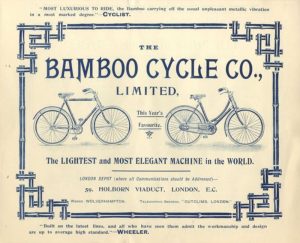 CP: Is bamboo something you see increasingly in the world of woodworking and carpentry?
CP: Is bamboo something you see increasingly in the world of woodworking and carpentry?
MC: I see it more as a composite in the future in industrial contexts, but yes furniture, textiles and flooring are some of the most common. In non-western societies, bamboo has been used for a very long time to create buildings and other engineered forms. It’s only here in the west that it has been relegated to ornamental purposes. Maybe that will continue to change, but I still think for some, the aesthetics of bamboo is complicated. Unfortunately it has been given an almost “cartoonish image” in the west which completely ignores its superior engineering and sustainable material properties. The material is actually a grass, and so again I think as more people see it used in different ways, they will begin to take it more seriously. For example, the automotive industry could use bamboo in any number of important ways, but again the image is just too cartoonish for many despite the serious ways composite materials are being made from it in the housing industry etc.
CP: You studied sculpture at Art Center College of Design in Pasadena and you also taught art at Cal State Long Beach. Do you recommend an education at an art school if you are interested in a professional craft career?
MC: I can’t say for certain I would recommend a strictly art school education. The world is rapidly changing, and I think the exciting stuff is going to be more and more around interdisciplinary practices. Where craft, design, art, and engineering meet is going to be really critical to all kinds of artistic and industrial practices. Even in the multi-modal realm, these things figure in whether it is the way a city decides to be less automobile-centric or even just how people choose to experience their everyday environment.
For me, a craft career has dimensions of all these things just as design, art and engineering do as well. The system feels very nonlinear so I would think a person now and in the future will find innumerable ways to work across all these platforms together, and in my own little way, that’s what I try and do in my studio and when I am teaching.
CP: Tell me about your journey to WNC and why you settled here in the Appalachian mountains.
MC: The history of Black Mountain College as well as cycling helped me put the region on my radar. My partner and I also were seeking a slower, more intentionally creative place to build a home and studio. In Los Angeles, we always got priced out of the housing market. Not to mention the region is environmentally challenging, even more so today than just from several years ago. Coming here gave us a very short window of time to afford a place we could design and build ourselves. Little did we know that this region would continue to grow exponentially fast. So we are grateful to have left Los Angeles when we did, but we also know that if we had waited we wouldn’t have been able to afford to live in the Asheville area. It’s very strange when timing works in your favor sometimes but again our situation now is incredibly lucky. Working and living slower is the main goal right now.
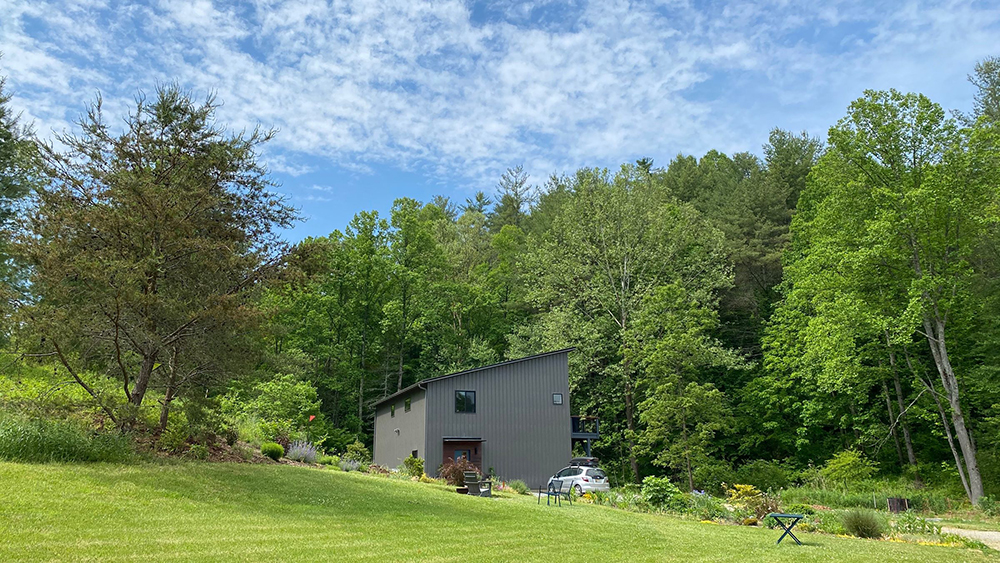
CP: Can you talk about what inspires your designs and your creative process?
MC: Over the years, and into today, a lot of my designs and objects have a dual purpose. On one hand, they are either functional or look functional (like in the past with my sculptures), but on the other hand I always try and work with a sentiment that is not about utility and more about other influences in the world where forms take on meanings and sensations borrowed from other completely separate realms. For example, for my current design of side tables, the geometric shapes to the tops or certain details like the front and back probably don’t come as much from pure function as the rest of the table does etc. In other words, “industrial aerospace shapes” often get conjured up when I am starting to veer away from the initial purpose of a piece, but also like in one of my recent chair designs certain shapes are reminiscent of robotics. None of this is because I want someone to know where these things exactly come from or how they are being used. Instead, I want it to feel familiar but also a bit strange or perplexing. Like tacitly knowing more about the nature of an object than one can actually tell. A lot of this communication is then non-verbal and visual, so it would only make sense that different categories get blurred. A chair or table really shouldn’t have just one definition (or dimension) anymore than say a bird or a house.
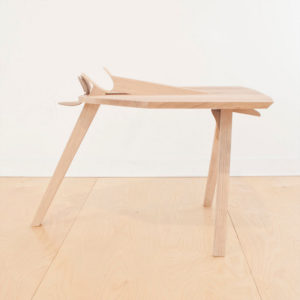
Table Design
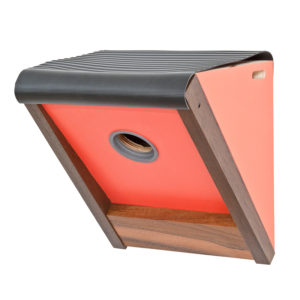 Birdhouse Design
Birdhouse Design
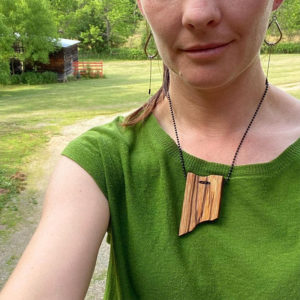
Jewelry Design
CP: From rain gauges, to birdhouses, to bamboo bicycles, you have a pattern of building objects that support and interact with nature. Is the connection to nature intentional?
MC: Definitely intentional and probably a sign of always wanting to look at the whole system of things and not only the individual objects or parts. Nature then for me is not only what humans have decided to be “natural,” but more curiously I enjoy looking for ways where the whole system can be seen as nonhuman, for instance the clouds, geology and living and nonliving things which at their heart really are nonhuman. A lot is being written and discussed these days in terms of the importance of the nonhuman when it comes to land stewardship, and understanding just how complex the ecological environment is as an interdependent system. That’s a perspective that makes a lot of sense to me from both a cultural and scientific point of view.
CP: What are you looking forward to during your class week in November?
MC: What excites me most is, as a facilitator, I get to see how each learner comes up with novel solutions of their own, and how in the workshop environment the sharing of skills and information is truly collaborative. As a teacher, it always feels best when everyone is contributing and all of us are being challenged and sharing what we are learning whether it is the first time, or someone’s 100th time. Therefore, it is really important for me that the bamboo bicycle workshop is accessible and that all skill levels are welcome, since, we are all after making a very resilient design and not necessarily one that is intimidating in terms of advanced techniques or baroque approaches.
CP: What is one thing you would like the world to know about bamboo bicycles?
MC: People often stop and ask about the bicycle when I am riding it. Sometimes they ask if it really is bamboo and not metal or something else underneath. Aside from the metal parts where the bicycle components attach it really is bamboo that makes the bicycle frame work! Each bamboo tube is then hollow and is resilient from its own material design.
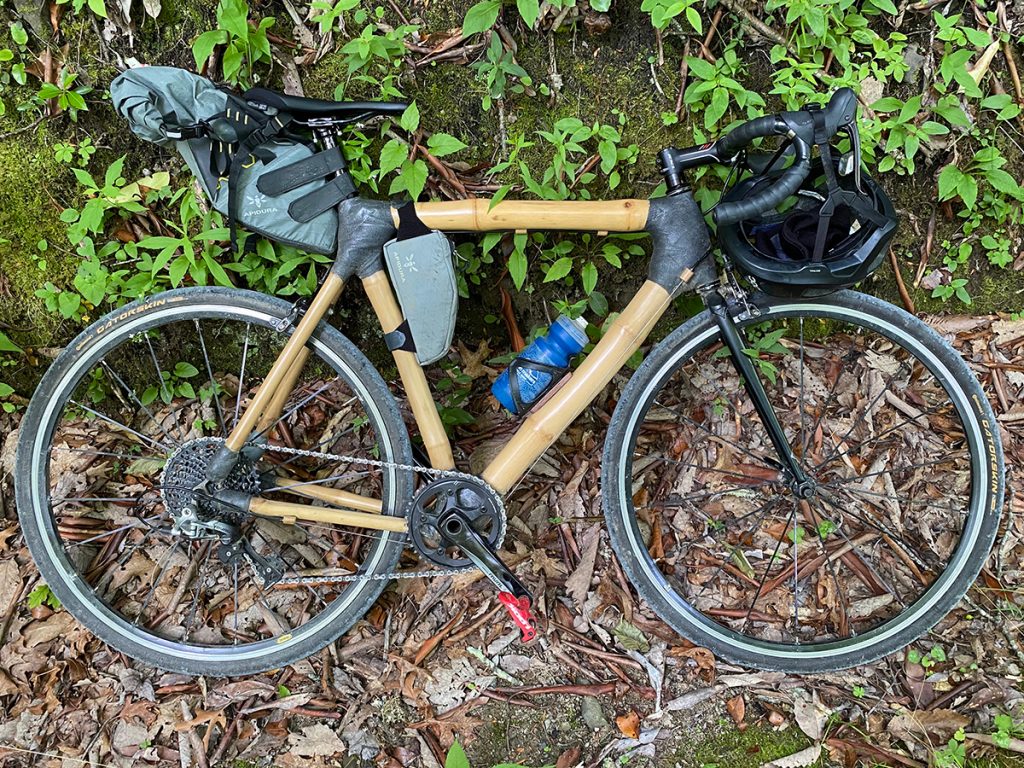
Upcoming Class
Bamboo Bicycle Frame Workshop
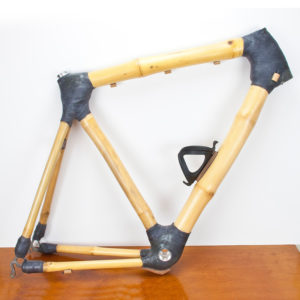 November 12–17, 2023
November 12–17, 2023
Create a custom-sized, finished, bamboo bicycle frame using a simple system to ensure correct alignment and comfort. Discover how bamboo is both a sustainable, strong material and an enjoyable ride! Explore proper frame geometry and how bamboo works with the supplied metal frame parts. Students can try a rideable demo and learn how to best source future components to finish their bicycle build at home. All levels welcome.
Mason’s Bio
Mason has taught art and design courses for well over a decade. With both an MFA and BFA he has taught at various art, design and craft schools across the country. After moving to Western North Carolina from Southern California he started a small custom furniture business. His background is in both sculpture and furniture as well as other subjects in art, design and science. In addition to teaching workshops and studio courses he has taught timely interdisciplinary courses in art and design. Currently he takes orders on custom furniture as well as exploring the creative relationship between mobility and making like here in the Bamboo Bicycle Workshop.
Find Mason online:
All photography courtesy of Mason Cooley/Pride & Archive.



No Comments